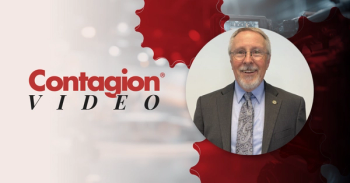
Are Prediction Risk Scores Matching up with Rapid Diagnostics?
Julie Ann Justo, PharmD, MS, BCPS-AQ ID, provides examples from her institution about using prediction scores and rapid diagnostic scores in concert.
Segment Description: Julie Ann Justo, PharmD, MS, BCPS-AQ ID, clinical assistant professor, University of South Carolina College of Pharmacy, provides examples from her institution about using prediction scores and rapid diagnostic scores in concert.
Interview transcript: (modified slightly for readability):
“I think an important thing to keep in mind when you’re talking about using prediction scores with rapid diagnostics is the intention behind using the prediction score.
For example, we’re using our prediction scores, for the most part, we’re giving people confidence and not going excessively broad. For example, telling them you do not need to start a carbapenem in a patient who is in septic shock, and here’s why.
For the prediction score, what’s most important there is actually the negative predictive value of the test. Now, we use our rapid diagnostics to help us with identifying risk factors, so if we did have a Klebsiella pneumoniae carbapenemase (KPC) gene, which we have on our blood culture identification panel — our multiplex polymerase chain reaction (PCR) – that would be something that would help us to escalate.
And so, the rapid diagnostic has a much better positive predictive value which can then be coupled with a prediction score, which has a good negative predictive value. We are finding that they do work well together based on the specific question that we’re asking and the specific purpose that we have at our institution.
I have seen other examples from other institutions where a prediction score does not help, and the rapid diagnostic really does the bulk of the heavy lifting, and in that case, you might find that they would not use that specific type of prediction score which is completely reasonable.”
Newsletter
Stay ahead of emerging infectious disease threats with expert insights and breaking research. Subscribe now to get updates delivered straight to your inbox.






















































































































































































































































































